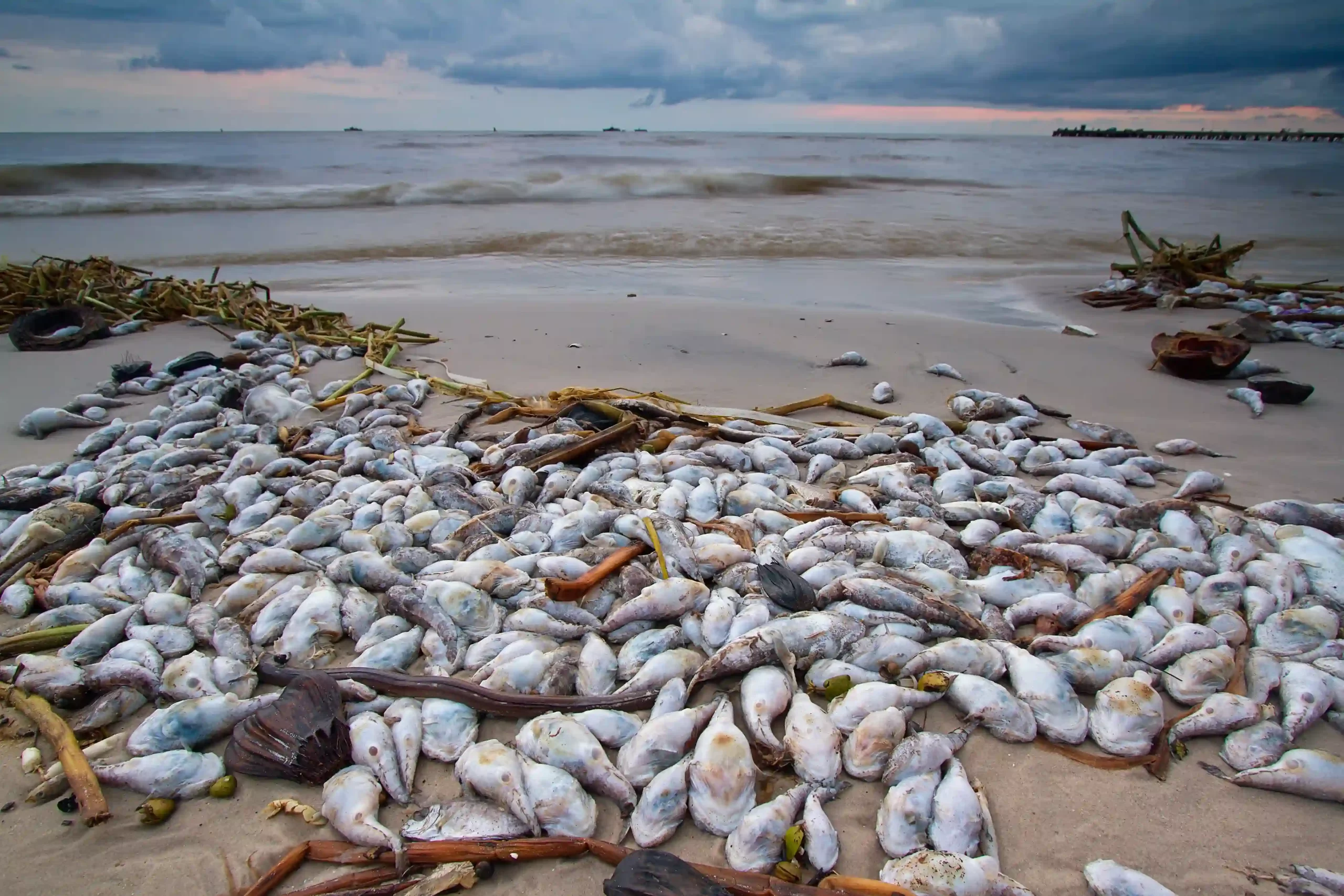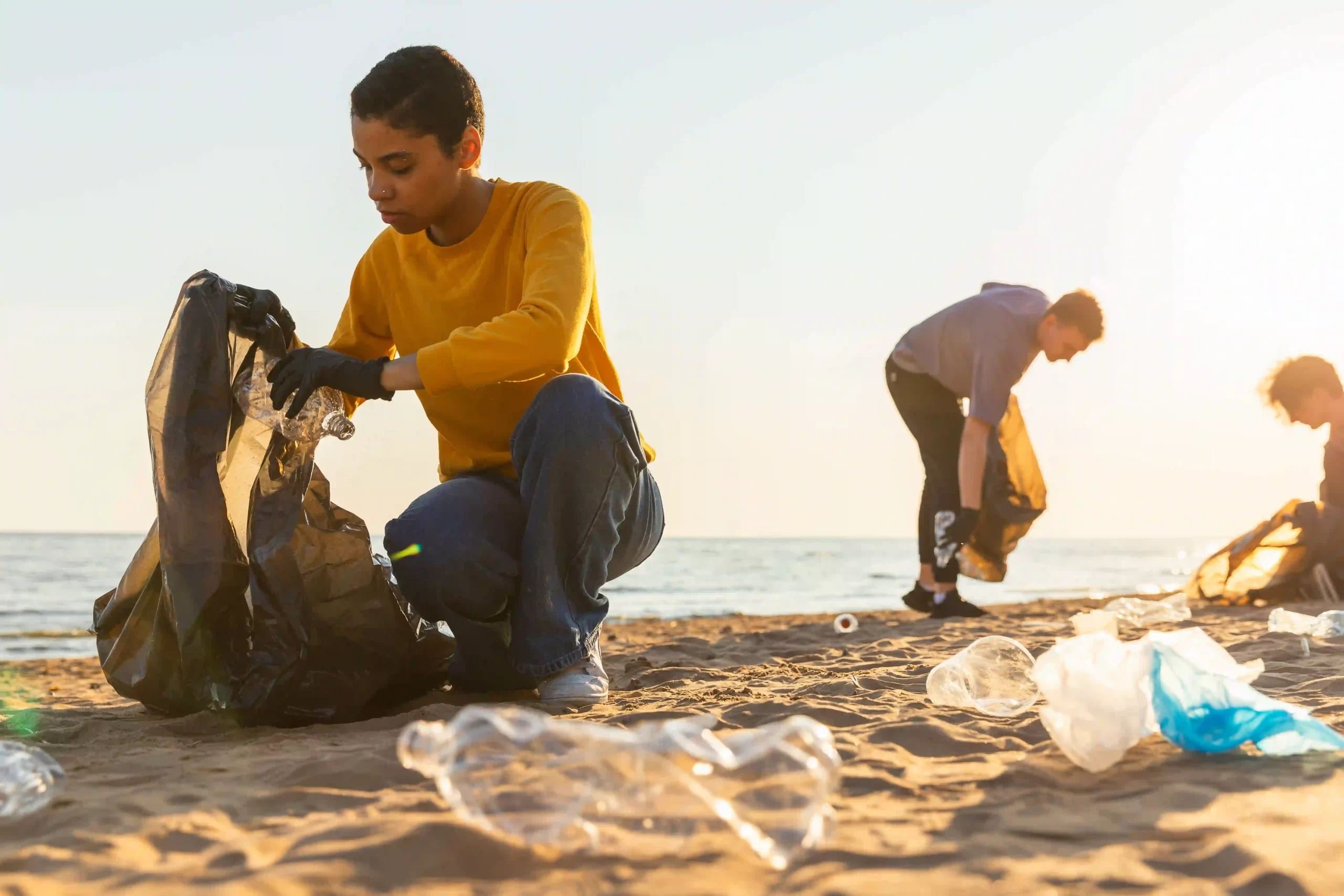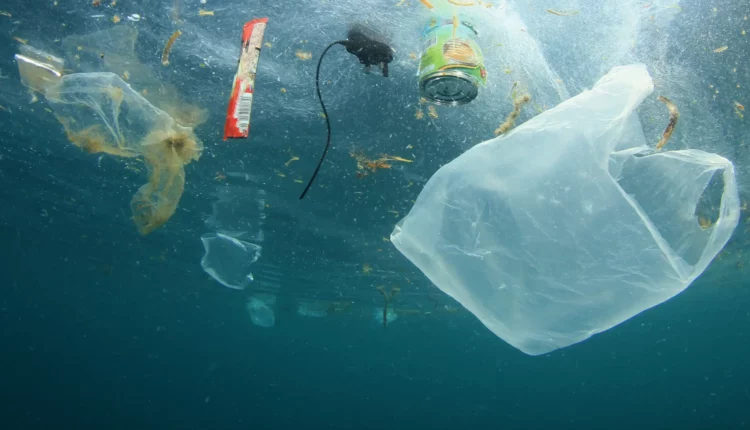- Advertisement -
We’re often talking about types of water pollution, how we can better manage water quality, and certain indicators of a healthy body of water. But something we haven’t yet touched on in great depth is the actual impact of poor water quality on aquatic life.
Ahead of the International Conference on Pollution and Treatment Technology in November, this is all the more present for us. In this blog, then, we wanted to touch on the effects of water pollution on marine organisms and what this means on a broader scale.
Understanding water pollution
As we’ve touched on many times before in our blog, water pollution is a pressing global issue. There’s nowhere in the world that pollution hasn’t made its mark on. And let’s be clear here – pollution isn’t, itself, a malevolent perpetrator. If we’re talking pointing fingers, it’s unfortunately high time we hold ourselves, our wider societies, and large corporations to account…
Without ineffective industrial practices, for example, we wouldn’t have chemical solvents, radioactive material, and untreated waste entering nearby rivers and lakes. Similarly, the demand for quickly-produced high volumes of food paved the way for the use of harmful pesticides.
Whether it’s industrial pollutants, agricultural chemicals, urban runoff from ever-increasing floods, or plain old littering, there are countless ways that our waters become contaminated.
We don’t necessarily anticipate there being many cynics among our readers, but let’s play devil’s advocate for a minute. Why does it matter? Apart from a few more bits ‘n’ bobs in the ocean and a slight discolouration of the Earth’s big blue soup, is water pollution so bad? (Spoiler alert — yes, it is, it really is.) If you’re already on-board with the idea that water pollution = bad, you won’t be blamed for wondering just what makes it so damaging for marine life. So let’s take a look.
Why aquatic ecosystems are so vulnerable
Life on Earth started in water. 3.5 billion years ago, single-celled microbes lived around hydrothermal vents. 6.6 million years ago, sponges were some of the first more recognisable species to populate the sea.
That means that for 6.6 million years at least, the sea has played host to aquatic ecosystems. Only for the last 300,000 of those years have modern humans been around — and in the last century, us humans have managed (one way or another) to begin undoing the millions of years of evolution the ocean has undergone to get here.
Indeed, it’s not all roses under the sea. The ocean has always been a hostile environment — big fish eats innocent seal eats little fish eats littler fish, and so on. But it’s a mechanism that works without interference. An ecosystem is, by definition, a complex community of organisms that interact and depend on each other to survive (or not).
The issue arises when you introduce a third party that changes the wild course of nature. One such third party is pollution.
To put it crudely, this delicate web of algae, jellyfish, sea cucumbers, fish, whales, seals, sting rays, and more are not evolved to deal with the contaminants we’ve so quickly developed. You introduce that third party and things quite quickly get thrown off balance — no longer can marine life do its thing. And that spells trouble, not just for the ecosystems there, but for us, too (more on that later).

The impacts of water pollution on aquatic ecosystems
That’s the top-level view of it, but what are the specifics? What does water pollution actually do to marine life? We’ll take a look at some of the direct and indirect effects here.
Physical harm to fish
Contaminants like heavy metals, oil spills, and pesticides can directly harm fish and other aquatic organisms. Fish can ingest these toxic substances, which can cause deformities like gill damage, fin and tail rot, reproductive problems, and even death.
One such example of this in action is the 2023 oil spill off of Los Angeles. 126,000 gallons of crude oil spilled from a pipeline connected to an offshore rig, leading to the closure of 15 miles of beach and the death of an uncounted number of fish and birds.
Oxygen depletion
A more insidious impact of water pollution is the reduction in oxygen levels it can cause, one way or another. Certain pollutants – like nitrogen and phosphorus, often found in agricultural runoff – can promote excessive algae growth.
When the algae dies and decomposes, it poses even more of a threat in that they consume huge amounts of oxygen. In this way, they create ‘dead zones’ where fish and other life can suffocate due to the lack of oxygen.
The destruction of habitats
Not only can pollution cause direct harm to marine life, it can also damage their environments and indirectly impact them in turn.
As we touched on above, certain contaminants can promote the growth of fungus, bacteria, and algae. These can overtake and impede on the growth of more naturally-occurring plants that marine life depends on to survive.
Similarly, the existence of huge algae or moss mats alone is a problem in itself, as it stops sunlight and certain life-giving nutrients from reaching further down to plants and fish.
Picture Nemo living amongst the coral reef and anemones. Should these habitats have been destroyed, Nemo wouldn’t have a place to live and – importantly – hide when faced with trouble. Bigger fish would have a field day! The delicate balance is thus disrupted, causing imbalances in the populations of certain species and reducing the overall resilience of the ecosystem.

The plastic problem
Plastic is perhaps the pollutant you hear about the most — and rightly so.
It’s made from raw materials like natural gas, plants, and oil. But that’s not all; harmful chemical additives that enhance durability and flexibility are present in almost every type of consumer plastic we have.
When out at sea, other contaminants are actually attracted to this plastic waste — meaning that when animals eat them, they get a dose of contaminants. Plastic often looks and smells like food to marine life. It also attracts things like algae and biological life that makes it look even more attractive to unsuspecting creatures! Needless to say, ingested plastic is bad news for marine animals.
With the breakdown of plastics into micro and nano particles, plastics have proliferated through the food web.
A knock-on effect in the food chain
Of course, it’s not just fish that are impacted by water pollution. In turn, the birds, bears, big cats, and wolves that rely on fish either find that their food sources are dwindling or, when they do have a successful hunt, that they’re contaminated with chemicals and plastics.
While it might sound dramatic, no one animal is affected by pollution alone — instead, the damage ricochets up the food chain. Inevitably, it reaches us, too. Our consumption of contaminated fish is one reason why microplastics have been found in our bloodstreams, for example.
Mitigation & solutions
Crucially, it’s not all doom and gloom when it comes to water pollution. Yes, we’re seeing declines in certain species and much dirtier waters across the globe. BUT we’re also seeing enormous efforts to counteract the damage done.
For example, the is leading the largest ocean cleanup in the world, embracing modern technology to remove plastics from our waters. Schools around the world are teaching children about water pollution to raise a climate- and eco-aware generation. Scientists are trialling a new oil spill response technology that acts like a sponge to separate oil from water. Suffice to say, there’s plenty of good being done! With the International Conference on Pollution and Treatment Technology coming up in November (2023), we don’t doubt we’ll be hearing about many more green innovations on this front.
On an individual level, there are a few things we can do about water pollution to avoid damaging marine ecosystems:
- Follow recycling practices in your area
- Don’t litter – take rubbish home with you
- If you see pollution, report it
- Use eco-friendly products
- Put pressure on governments and organisations to regulate pollution
Last but not least, one crucial key to healthier waters lies in water quality monitoring. That’s where we come in! Here at Aquaread, we care deeply about doing our bit to help preserve and protect our planet’s precious resources and environments. For us, that looks like manufacturing high quality water testing equipment. In marine environments, water quality equipment needs to be strong, durable, and accurate. Customers around the world trust our Aquaprobe to deliver on all fronts — discover our Marine range here and get in touch with us if you’d like to know more.

